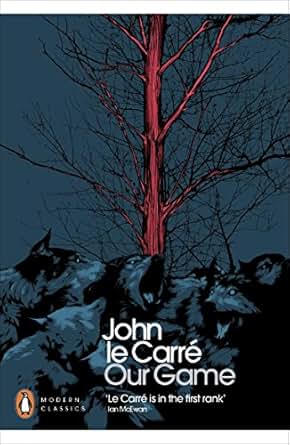It is impossible to give a proper impression of Ramses by describing his characteristics. One must observe him in action to understand how even the most admirable traits can be perverted or carried to such an extreme that they cease to be virtues and become the reverse. [loc. 305]In which the Emerson family. having planned to excavate in Sudan, find themselves heading further into the desert with insufficient supplies and a guide who abandons them. ... Luckily, they are entering H Rider Haggard territory, and find themselves the guests -- or prisoners -- in a hidden city that has isolated itself from the rest of the world for some three thousand years, and harbours a thriving Meroitic society with a priestly ruling caste and a servant class that is considered barely human.
This is also the last known address of explorer Willoughby Forth and his young wife, who disappeared fourteen years before the events of the novel, and have been presumed dead. Willoughby's nephew Reggie was keen to renew the search for the missing couple -- he even has a rough map, sketched on a page from one of Emerson's own notebooks -- but does he have reasons other than familial ties for wanting to know the truth behind their disappearance?
Add to this a great deal of interesting speculation about what ancient Egyptian society might look like if it had been permitted to grow, without outside influence, for another few millennia, and this becomes a fascinating novel on several levels. Also, it introduces Nefret, a teenaged girl whose superpower is the ability to render Ramses silent.
Incidentally, H Rider Haggard truly is an influence, not only on Peters' novel but on the characters in that novel. Amelia happens across a book owned by Tarek, one of the princes of the city:
‘King Solomon’s Mines,’ I read. ‘By H. Rider Haggard.’ ‘I should have known,’ Emerson said in a hollow voice. ‘Known what?’ ‘Where Tarek got his high-flown style of talking and his sentimental notions. He sounds exactly like one of the confounded natives in those confounded books.’ Emerson [loc. 5000]










